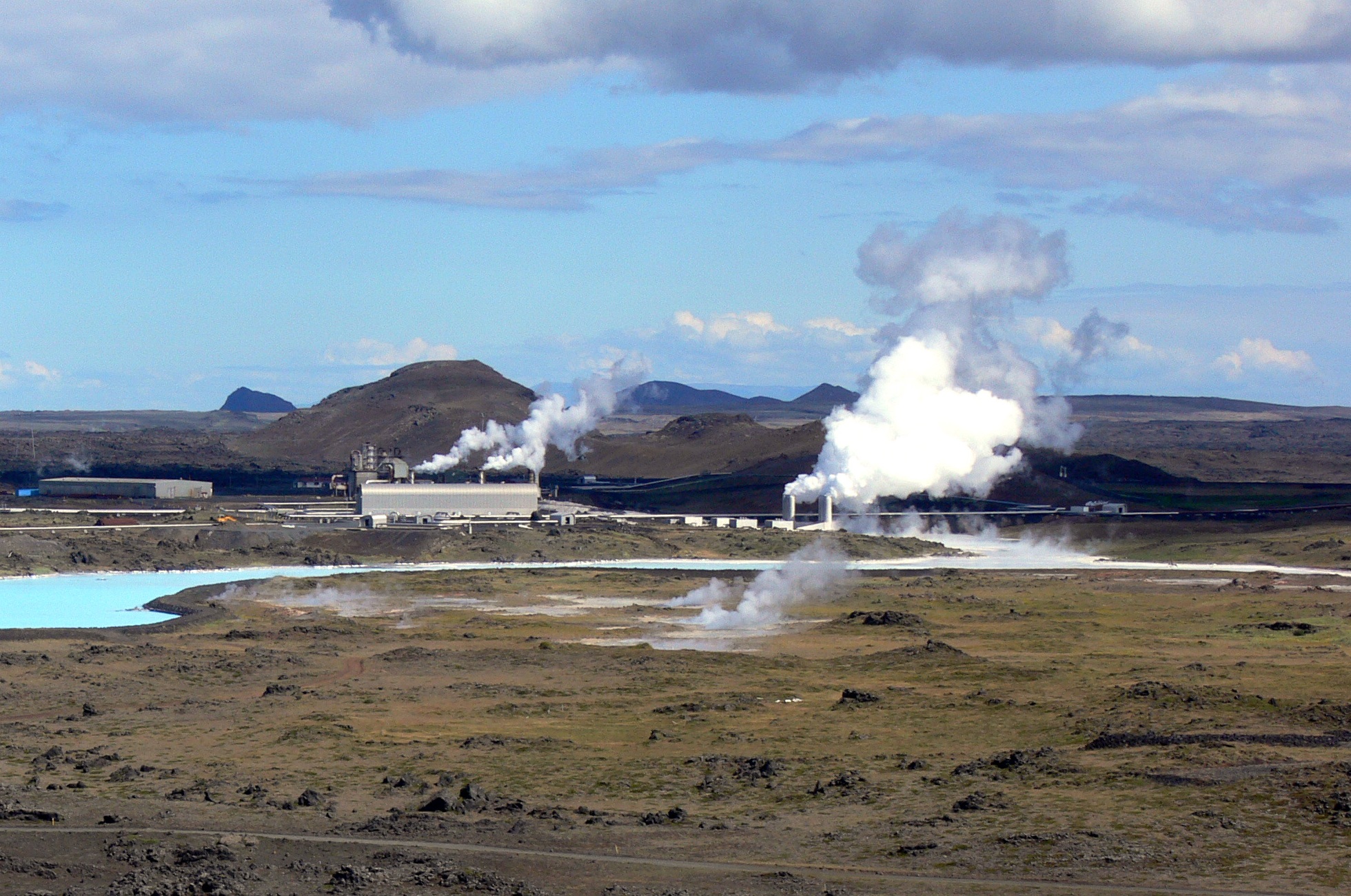Una reciente publicación de la revista científica internacional Renewable Energy refleja los resultados de un importante estudio sobre geoquímica de emanaciones difusas de gases en el ambiente superficial del campo geotérmico de Reykjanes (Islandia), y su potencial aplicación para la exploración geotérmica, así como para la monitorización de sistemas geotermales en producción a raíz de un trabajo de colaboración científica entre el Servicio Geológico de Islandia (Iceland Geosurvey, ISOR), el Instituto Volcanológico de Canarias (INVOLCAN) y el Instituto Tecnológico y de Energías Renovables (ITER).
Una de las conclusiones de este estudio evidencia que el análisis y la evaluación de la distribución espacial de las concentraciones de gases en la atmósfera del suelo, como el dióxido de carbono (CO2) y el helio (He), los flujos difusos de dióxido de carbono (CO2) y las temperaturas del suelo registradas en el ambiente superficial de sistemas geotermales pueden proporcionar una información muy importante para los promotores de proyectos relacionados con el desarrollo de la geotermia. Los trabajos realizados en Reykjanes reflejan a su vez que la distribución espacial de las anomalías de estos parámetros geoquímicos son muy similares. Además también ponen de manifiesto la existencia de una muy buena correlación espacial entre la localización de las anomalías de estos parámetros geoquímicos y la ubicación de pozos ligados a acuíferos geotérmicos productivos.
Para el equipo científico ISOR-INVOLCAN-ITER la similitud que se ha observado sobre la distribución espacial de las anomalías geoquímicas refleja que el estudio de flujo difuso de dióxido de carbono (CO2) en el ambiente superficial de campos geotérmicos, similares a Reykjanes, es una herramienta geoquímica, por si sola, muy potente para los trabajos de exploración geotérmica. De hecho confirman que los estudios de geoquímica sobre emanaciones difusas de gases en sistemas geotermales pueden proporcionar una información de gran utilidad para definir las ubicaciones más idóneas para realizar perforaciones o sondeos profundos para el aprovechamiento de recursos geotérmicos del subsuelo.
Los resultados de este trabajo de colaboración científica plasman a su vez que los datos que se obtienen de este tipo de investigaciones pueden ser también de una gran utilidad para la monitorización de los sistemas geotermales dado que permiten realizar una valoración cuantitativa de la magnitud de las variaciones de los procesos de desgasificación de sistemas volcánico-geotermales en su ambiente superficial, como consecuencia de cambios en la producción del campo geotérmico o de la actividad natural ligado a la actividad volcánica. De hecho la actividad de desgasificación superficial en el campo geotérmico de Reykjanes aumentó notablemente después de la puesta en servicio de la central geotermoeléctrica de Reykjanes de 100 MWe en 2006.
Otro de los objetivos de este trabajo de investigación fue investigar las relaciones CO2/He en las emanaciones difusas y visibles de gases existentes en el campo geotérmico de Reykjanes con la finalidad de investigar el uso y la aplicación de este parámetro geoquímico para evaluar la capacidad natural de retención o secuestro de dióxido de carbono (CO2) del substrato basáltico existente por encima del yacimiento geotérmico de Reykjanes. Es esperable que un proceso de retención o secuestro de dióxido de carbono (CO2) en el substrato basáltico conlleve que las relaciones CO2/He en las emanaciones difusas fueran relativamente inferiores a las registradas en las emanaciones de gases visibles existentes en el campo geotérmico. Esta tendencia fue observada en algunos de los puntos de observación pero no en su mayoría.
El campo geotérmico de Reykjanes se encuentra dentro del sistema volcánico de Reykjanes, en el extremo sur occidental de la peninsula de Reykjanes península. Es el sistema volcánico más occidental de la zona occidental neovolcánica de Islandia, que es el la continuación subaérea de la dorsal submarina de Reykjanes. El campo geotérmico de Reykjanes es uno de los 20 sistemas geotérmales de alta temperatura situados dentro de las zonas volcánicas de Islandia.
Referencia

